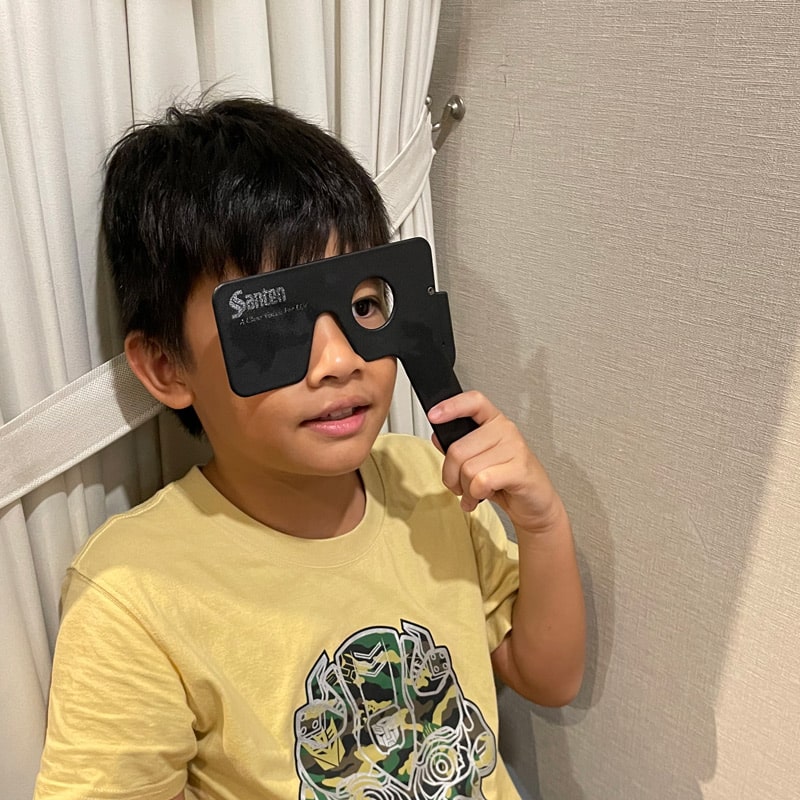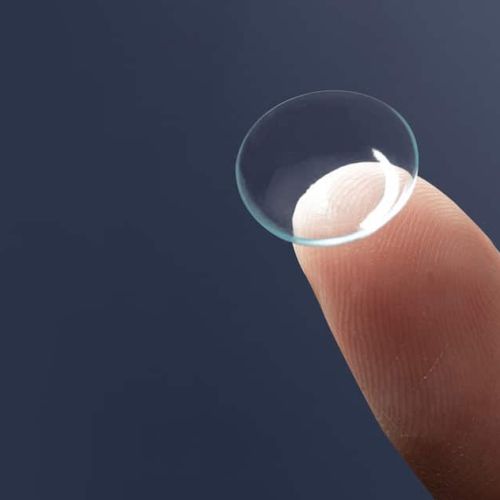Myopia Control: Factors to Consider Before Choosing Contact Lenses for Your Child
Singapore is known as the ‘Myopia Capital of the World’ as we have one of the highest myopia rates in the world.
Those with high levels of myopia face a higher risk of developing various eye diseases including glaucoma, age-related macular generation and early cataract as they age later in life.
Hence, the need for myopia control, detection and prevention in Singapore is something the Ministry of Health (MOH) looks at urgently and critically. Over the years, MOH has set up myopia centres to educate the public on myopia control and myopia treatments available in Singapore to mitigate myopia.
According to the MOH, 65% of our children become myopic by 12 years of age. The most common myopia treatment for children in Singapore is to use prescription glasses to help them see well. But if some children have the maturity to handle the responsibility, the use of contact lenses is another possible type of myopia treatment. Some children may start to do so as young as 8 years old though most professionals do not encourage children to use contact lenses till about 12 years old.

There are various types of contact lenses available in the market to choose from:
1. Soft Contact Lens
Soft contact lens, as their name, are soft and flexible. It is usually made of plastic or silicon hydrogel to allow more oxygen to pass through the lens and reach the eye. Soft contact lenses have different usage times, such as yearly, monthly or daily. It is important to abide by these usage times to prevent infection to the eye.
There are some special soft lenses known as extended-wear contact lens that can be worn for an extended period of time i.e. they can be worn overnight for 6 days consecutively. This type of lenses is usually used under the eye doctor’s prescription for certain purposes.
2. Rigid Gas-Permeable (RGP) Lens
RGP lens is a type of hard, plastic lens. This type of lens is suitable for those with high myopia and astigmatism as they can be fully customised. RGP can also be an alternative for people who cannot wear soft contact lens due to past history of corneal infection. As this is a hard type of lenses, as long as there is a slight tear to the contact lens, it must be replaced immediately. However, with good care, the contact lens can last up to 2 years.
3. Orthokeratology Lenses
Orthokeratology lens is a type of overnight hard lens. It is used to correct the eye prescription overnight so that one does not need to wear spectacles or contact lenses, during the day to see well. It is also considered a type of myopia control lens. Like RGP, this type of lens typically can last up to 2 years.
Hygiene and Care
Cleaning has to be done regularly regardless of the type of contact lens one is wearing. Good contact lens wear practice includes the following:
- Always wash your hands when wearing or removing the contact lens.
- Always clean contact lens with contact lens solution and not with water. Gently rub on the contact lens while washing to remove any deposits.
- If the contact lens is a daily disposable one, dispose of the contact lens after each wear.
- Follow the duration of the contact lens closely, be it bi-weekly or monthly, and dispose of it after 14 or 30 days respectively.
- Handle the contact lens with care, do not rub the contact lens too hard.
- Do not wear soft contact lens while showering or swimming.
- Do not sleep without removing your contact lens.
- If you experience dry eye, use lubricating eyedrops to moisturise the eye.
- Replace the contact lens if it is torn.
- Replace the contact lens when it is time to do so, do not overwear the contact lens.

Proper hygiene is essential when one is using contact lenses. With soft lenses, do not swim or sleep with them. Lens wear should be limited to 12 hours per day for soft lenses. Otherwise, one is susceptible to corneal keratitis, which is cornea infection, according to the American Academy of Ophthalmology.
Other than regular cleaning, the caring of contact lens is equally vital. One should not pull or rub the contact lens too hard. In addition, follow the recommended schedule for lens replacement, be it daily, bi-weekly, monthly or yearly.
Compliance and Follow-up
Compliance with contact lens wear is vital as there will be many detrimental complications if one does not comply and they include:
- Infective keratitis – infection of the cornea, the most serious type of eye infection for contact lens wearers.
- Corneal abrasion – a scratch on the cornea.
- Corneal infiltrates – Round, grey spots indicating there is an inflammation or infection.
- Corneal ulcer – a hole in the cornea.
- Giant papillary conjunctivitis – bumps found underneath the eyelid.
- Contact lens-induced red eye – red, irritated eye.
- Neovascularisation – new blood vessels growing towards the cornea.
The above complications vary in severity but they are not to be trivialised. If the eye condition is severe and left untreated, it can possibly cause a loss of vision.
If your child needs to seek help with myopia control and myopia treatment, please Eye Max Centre at +65 6694 1000 or manager@eyemax.sg. Book your consultation today!

References:
https://www.innovativeeyecare.com.au/what-we-do/ortho-k-what-to-expect
https://www.urmc.rochester.edu/encyclopedia/content.aspx?contenttypeid=1&contentid=1504
